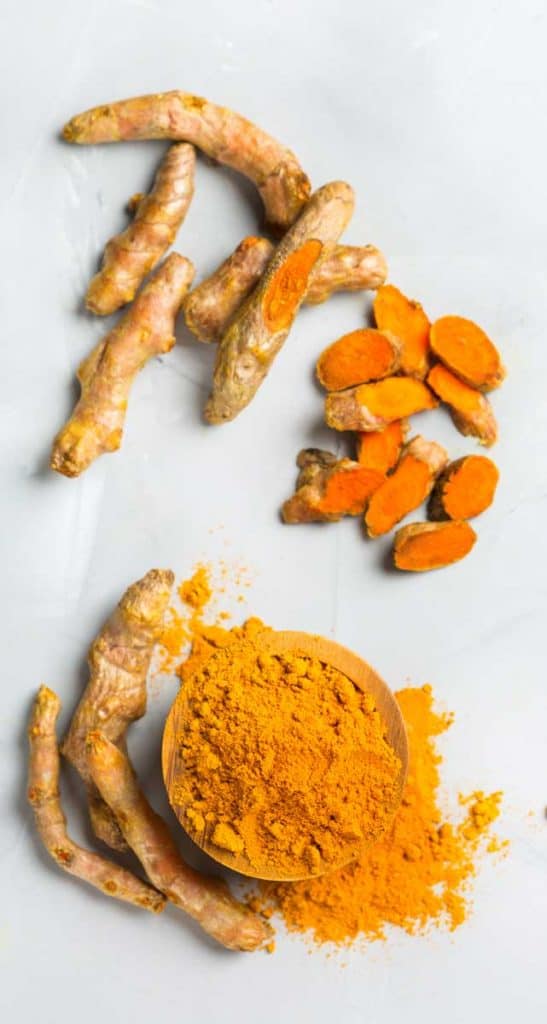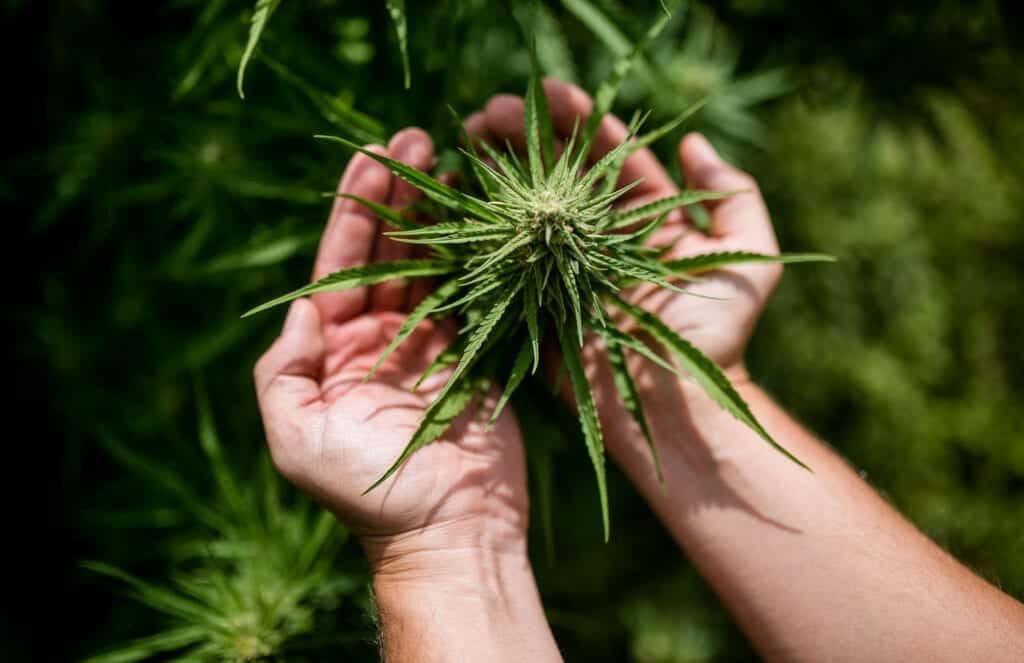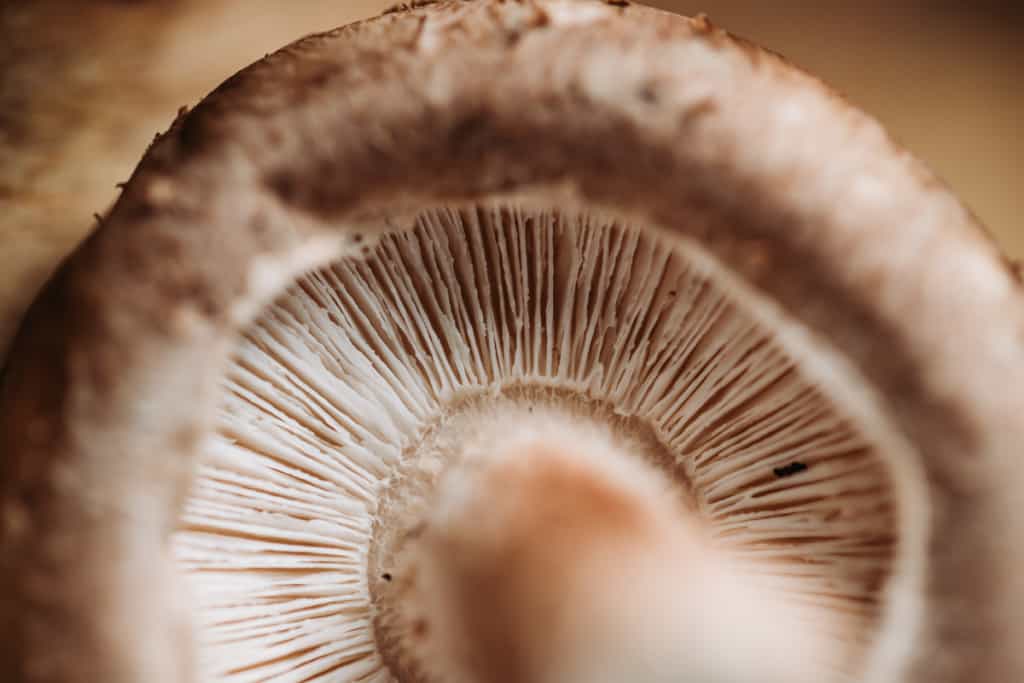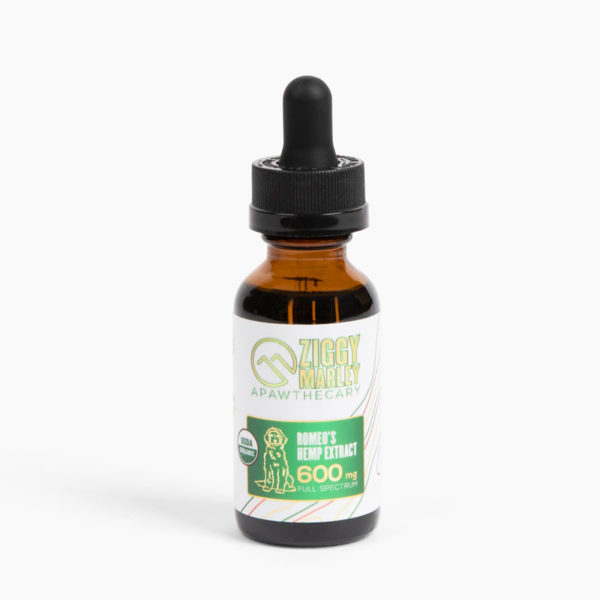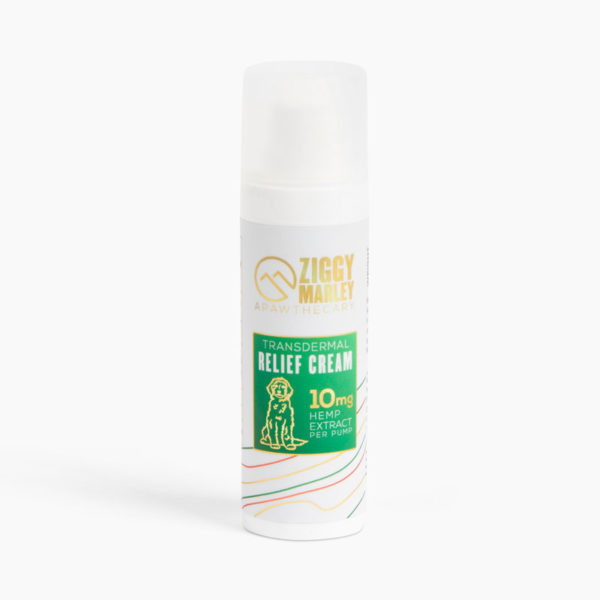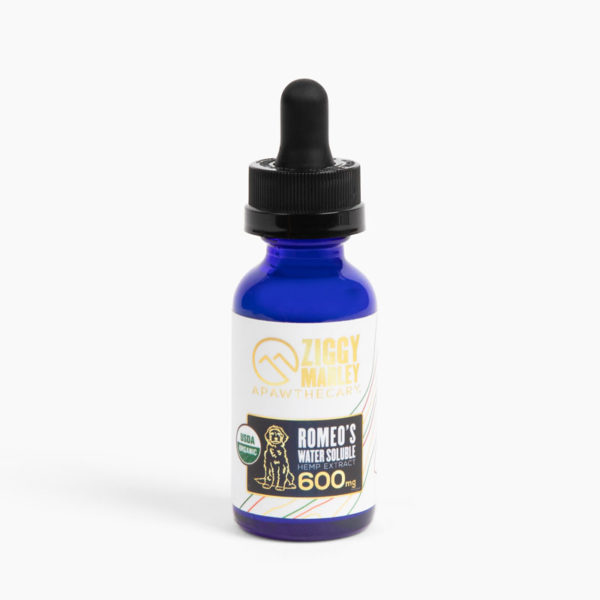The Ultimate Guide to Pet Wellness
Our pets are defined by the same level of complexity that we are beginning to recognise in ourselves – although, of course, in unique and unfamiliar ways.More so than ever before, we are turning to new, safe, and potentially transformative ways of supporting our pets’ own senses of health and wellbeing – and the impact is, already, proving profound.

By now, the influence of health and wellness as a single, integrated concept – and as an industry in its own right – has been so comprehensively embraced by day to day life that its significance goes without saying.
By now, the majority of us would consider ourselves to be somewhere along the ‘path’ of wellness, although, for each one of us, the journey looks entirely unique. For years now, it has taken on a new, accessible form – one which frequently crosses over into the realms of medicine and science, and fits comfortably into modern life, rather than contradicting it.
More and more, our interest lies in caring for our bodies, rather than merely ‘keeping them going’ – in optimizing a sense of physical and mental healthfulness, rather than taking a wholly reactionary approach to symptoms that are, by the time of detection, already concerns. In essence, beyond any single product, superfood, supplement or activity, the revolution of health and wellness as a concept has enabled us to make renewed efforts toward proactive self-care, and, more profoundly still, a vital sense of control over our own lives.
We do it for ourselves – and to build a holistic understanding of our emotional and physical health.
Of course, it is only natural that those walking alongside us would begin to share in those same experiences. Our pets are defined by the same level of complexity that we are beginning to recognise in ourselves – although, of course, in unique and unfamiliar ways.
More so than ever before, we are turning to new, safe, and potentially transformative ways of supporting our pets’ own senses of health and wellbeing – and the impact is, already, proving profound.

A Growing Interest in Pet Wellness
Understanding the drive toward pet wellness means understanding our pets’ centrality within our lives. With more than 89 million dogs in the United States alone, and almost 60 million cats – not to mention our 7.5 million birds and 1.9 million horses – the companionship, aid, and, at times, practical support domesticated animals offer to us is only set to continue growing in significance.
Understandably, many of us felt our attachment to our pets growing further still throughout the course of the pandemic. As our lives shrank to fit within the four walls of our homes, we found even greater solace in those unconcerned and wholly contended faces – the practical and emotional supports they gave to our routine-less days – and of course the round-the-clock company they provide.
A combination of health anxiety, and the desire to reaffirm control over our physical and emotional vulnerabilities, drove many of us to embrace wellness with an even stronger fervency – and, in so doing, many of us also turned the spotlight onto our pets.
That’s not to say, of course, that there was not already a substantial interest in pet wellness prior to the pandemic. There was, and it already held significant sway in many parts of the world.
Rather, that the early 2020s will most likely represent a time of rapid normalization for pet wellness, and that, going forward, we can anticipate an increasingly blurred line between objective pet health, and day-to-day wellness practices.
Raw Food Diets
For so long now, the standard for nourishing our pets has been dry kibble – with the occasional complement of meat (cooked or raw), or vegetables. Provided pet owners choose the right kibble for their pet’s changing needs, this sort of diet can offer a long list of beneficial nutrients, and support them happily for many years.
Still, as is the case with our own diets, there are always ways of upgrading our plates to add further support and nutrition into our bodies
The general idea behind the raw food diet stems from the notion that, in the natural world, our ancestors subsisted only on raw fruits, vegetables and meats. The theory is that, in the absence of extreme heat, foods retain more of their most beneficial enzymes, and, as a result, are far better for our bodies. In recent years, raw food diets primarily represent an off-shoot of vegetarian, vegan, or largely plant-based diets – although some do consume uncooked meats.
When it comes to animals, the basic premise remains the same. Many dog owners are opting to place a growing emphasis on raw muscle and organ meat, bones, eggs, and vegetables (fresh or frozen) in place of dried kibble – or by alternating meals between kibble and raw food. In cats, dietary requirements are largely the same, with the omission of many of the vegetables from which dogs stand to benefit.
Owing to their rising popularity, raw food diets have become the focus of many studies – although we are far from reaching a comprehensive understanding of the long- and short-term effects of raw over processed. A raw food diet, or incorporating raw food into a more varied diet, can improve a pet’s coat, digestion, and energy, although pet owners need to practice caution if they opt to prepare these meals in their home kitchens.
Raw or Processed: Making a Diet Work
Animals have hardy stomachs. In the wild, their ability to access fresh and hygienically prepared food and water would have been limited – and that’s putting it mildly. Still, there is a major difference between an animal’s ability to cope with food items which would turn the stomach of even the toughest of humans, and their ability to thrive on a diet that is lacking the nutrients their bodies need.
As we mentioned above, preparing your pet’s raw menu exclusively from home puts you – and them – in a vulnerable position. Not only is it ineffectual in terms of time and cost, but it can lead to illness and nutritional deficiencies. This is because, while dry kibble may not look anywhere near as healthful as a bowl of fresh cereals, vegetables, and marbled meat, it has been carefully designed to meet the specific requirements of your pet.
In other words, it is entirely possible to enable your pet to thrive on a non-kibble diet, but the safest and most effectual way to do it is to invest in natural, raw pet foods and treats that have – like kibble – been specifically designed to cover a range of nutritional requirements.
As we mentioned above, our feline friends need a diet high in Omegas 3 and 6, vitamins A, D, E, and K, B1, B2, B3 and B6, Iron, Calcium, Magnesium, Sodium – all of which must be obtained from a high protein, high fat, low carb diet. Ensuring you are meeting all these requirements from your own kitchen is incredibly difficult, which is why pre-made raw and organic cat foods are so essential.
When it comes to essential nutritional elements for dogs, there is a lot of crossover – although our canine companions do need a higher volume of carbohydrates. Dogs’ reliance on plenty of glucose and dietary fiber mean that they stand to benefit from a wide range of natural, raw produce – and we will look at a few of these below.
Turmeric, or Curcuma Longa
A plant native to tropical South Asia, turmeric’s naturally gnarled and knotted rhizomes (rootstalks) boast a rich, piquant scent and an earthy taste. Even its vibrant, orange hue fails to do justice to the remarkable, health-boosting properties contained beneath its skin.
While a mainstay of many traditional Asian dishes – and a natural, tawny colored dye for clothing – it has also retained an unrivalled position in many Eastern medicine practices for thousands of years. When ground to a fine powder, turmeric’s rhizomes were commonly used as a treatment for swelling and inflammation, as well as being utilised as a digestive bitter – or, in other words, something which has been designed to promote the body’s natural production of enzymes, stomach acid and bile.
In contemporary, lab-based studies, further evidence has been brought forth in support of turmeric as an anti-inflammatory, antimicrobial and anti-cancer treatment in humans.
In animals, studies have demonstrated similar effects – particularly with regards to the plant’s anti-inflammatory effects. Accoriding to a study at The Department of Agricultural and Environmental Sciences, University of Udine, in Italy turmeric shows marked potential as a therapeutic treatment for osteoarthritis – an incredibly common condition in domesticated cats and dogs, which requires ongoing pain management. Similar results have been achieved in horses, who are also prone to developing inflammatory conditions later in life.
CBD, or Cannabidiol
It goes without saying that cannabidiol represents a particular area of interest for us. Extracted from hemp plants that grow naturally all around the world, cannabidiol is a unique compound that has received a great deal of attention – particularly in recent years – for its potential, health-giving benefits.
By and large, the hemp plant has long-since held a high regard as a medicinal plant for many cultures – from the ancient world, and spanning countries as disparate as China, Greece, Egypt, and India – although our modern practices of extracting CBD from the plant are still less than a century old.
For that reason, comprehensive scientific and medical reviews are still ongoing – and yet, already, we have seen glimmers of hope for the future of medicine, with CBD’s potential properties as diverse as pain relief, seizure control, and acne relief – to name just a few – in addition to offering a possible aid to those suffering anxiety, depression, and PTSD.
When it comes to CBD for pets, the story is largely the same. Research has identified CBD as a potential therapeutic treatment for chronic pain conditions in dogs – such as osteoarthritis. Owing to the comparisons drawn with humans, many claim that CBD can also offer a natural anti-anxiety treatment for animals prone to nervousness or separation anxiety, such as dogs, cats, and horses.
Whether you are shopping for these products for yourself or for your animals, it is absolutely vital that you are label savvy, and understand how to find the best quality – and, by extension, the best results.
CBD for dogs and cats must, in order to prove effective, meet the same high standards we set for ourselves. The importance of USDA organic certification cannot be overstated, in addition to full transparency around the farming, extraction and production methods that go into your pet’s CBD products.
Mushrooms
Anyone who has taken a nutritional class before will know that mushrooms offer a long list of dietary benefits to humans, from a range of B vitamins (such as riboflavin, folate and niacin) to antioxidants like ergothioneine and glutathione.
While the number of documented mushroom species remains in the thousands, there are thought to be millions of unique mushroom types out there – although only a fraction is safe for dogs (and humans) to consume.
The Turkey Tail Mushroom, or Coriolus Versicolor
As the name would suggest, this fungus resembles the fanned plumes of a turkey’s tail. It is a common sight in North America, mostly found on tree stumps in shaded, wooded areas. While humans do not consume the turkey tail, one of its unique protein-bounds (PSK) is being studied for its medical applications.
Dogs, on the other hand, may stand to benefit a great deal from the turkey tail, which is safe for them to eat. Containing soluble fibers that help digestion and gut health, immunity-boosting beta-glucans, and phytonutrients that support heart health, it offers an excellent addition to a dog’s diet.
And, as we mentioned above, the turkey tail features unique protein bounds – PSK, and another called PSP. While research remains in the exploratory phase, some claim these protein-bounds may have cancer fighting properties, although more research is required before definitive claims can be made.
The Shiitake Mushroom
As a result of the fact that the shiitake is a common sight in human dishes – particularly East Asian cuisine – as well as traditional medicine, this mushroom will no doubt sound a little more familiar. The shiitake grows on decaying wood – favoring warm, humid environments – and boasts a meaty texture that has made it a popular meat replacement in many contemporary plant-based (human) diets.
Shiitake is also perfectly safe for dogs to consume as part of a more comprehensive diet. They boast a wealth of amino acids, cholesterol-fighting eritadenine, and a wealth of minerals, vitamins, and enzymes that can serve your dog’s digestion, immunity, and all-round wellbeing.
Cordyceps, or Cordyceps Militaris
A little different to the other fungi mentioned in this article, cordyceps is actually a genus that features hundreds of individual species, which are parasitic to other mushrooms and, at times, insects – although they are more widely cultivated by experienced farmers these days.
While we might not hear about these fungi in everyday life, they have garnered a great deal of interest within human and animal trials in recent years. Already, scientists and researchers have spotted the potential for fighting and preventing tumours, improving liver, kidney and heart health – and, of course, offering a good does of the amino acids and B vitamins for which mushrooms are famed.
They also offer the perfect complement to other mushrooms, such as the turkey tail and shiitake, all of which are included within our Joint Support Dog Chew.
Grains
Grains are unlikely to be the first thing that pops into your head when you consider the essential components for any dog’s diet – primarily because, when we imagine our dogs’ wild ancestors, we imagine them hunting for meat, not gnawing on cereals.
This is, of course, true: undomesticated, ancient dogs did not need – nor could they digest – grains.
Still, many thousands of years stand between ‘then’ and ‘now’ and, in that time, domesticated dogs have developed a number of genetic differences to their ancestors – and undomesticated canines, like wolves.
Like humans, dogs stand to benefit from many of the nutrients inherent to grains – although the quality of those nutrients certainly differs. For instance, while technically a seed, quinoa has risen to prominence as an excellent alternative to, say, wheat, due to the higher levels of protein (in the form of amino acids).
It’s certainly clear that animals require a massive array of nutrients in order to thrive, but it is not always easy to meet every single requirement in 2-3 meals a day.
Horses, for instance, stand to benefit from a number of dietary supplements which are not present in their usual feeding routine. For instance, garlic granules are famed for their insect-repelling properties – something which will contribute to your horse’s emotional and physical wellbeing – while supplementing their diet with CBD is, as we mentioned above, quickly gaining popularity among horse owners. Seaweed, too, can offer a great shot of vitamins and other nutrients, without contributing to a horse’s grain intake, while biotin’s sugar free nutritional support is excellent for horses vulnerable to laminitis.
For dogs, ingredients like coconut oil and ground shed antler from deer offer excellent additions to a well-rounded diet, in addition to CBD – particularly in dogs prone to anxiety.
Mental Health
Whereas, in times gone by, the inner lives of animals were broadly underestimated, we are all growing more and more attuned to the fact that a pet’s emotional health is an incredibly complex, subjective, and nuanced subject.
For instance, otherwise physically healthy cats and dogs can suffer from bouts of depression, anxiety – even obsessive compulsive disorders (OCD). Dogs, horses, and cats can all experience a profound and debilitating sense of separation anxiety and loneliness, which often leads to considerable mental and physical distress. They are also highly susceptible to some of the most complex events we experience as humans, such as grief, as well as incidents that we are better-suited to taking in stride, such as loud noises and strange faces.
What this means is that our pets’ unique, emotional experiences of the world represent an area of study of which we have hardly scratched the surface. In everyday life, the best we can do is keenly observe our pets’ behaviors, and work to mitigate the impact largely unknown stressors are having on our animals.
For instance, we can place greater emphasis on the importance of spending time with them – we can actively set aside time, rather than only giving them our company when it suits our busy schedules. We need to realize the importance of a (not too rigid) routine, of creating a number of safe, quiet spaces within low traffic areas of the home, access to the outdoors, socializing opportunities with other animals and humans, and, of course, plenty of attention.
Many pet owners also opt to supplement their animals’ diets with naturally soothing products, such as CBD. Again, research remains limited at this time, but there is a wealth of anecdotal evidence out there as to the potential, anxiety-relieving benefits of organic CBD oil for pets – particularly when used as a complement to a safe and supportive environment and routine.
Whether we our pursuing it for ourselves, or on behalf of our pets, the world of health and wellness is invariably complex, and highly subjective. It is not something that follows a linear path, and will remain a priority throughout our lives.
We can, however, feel reassured by the fact that our animals’ wellbeing will always be underpinned by a few core principles: an emphasis on the environment, the significance of good pet nutrition, and a commitment to pursuing those practices and supplements which best support an all-round sense of inner calm, balance, and contentment.



